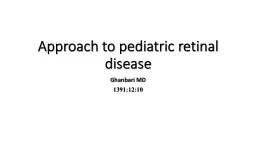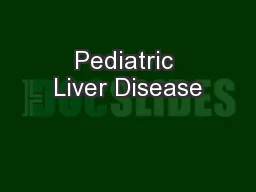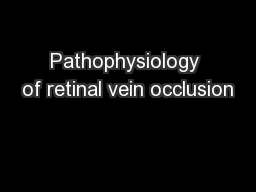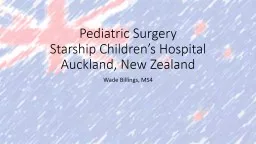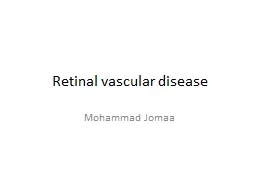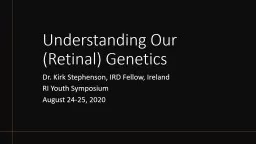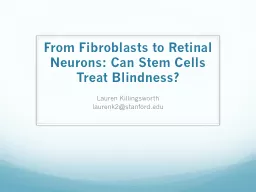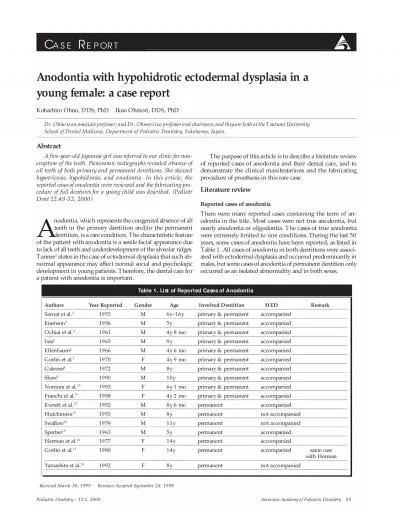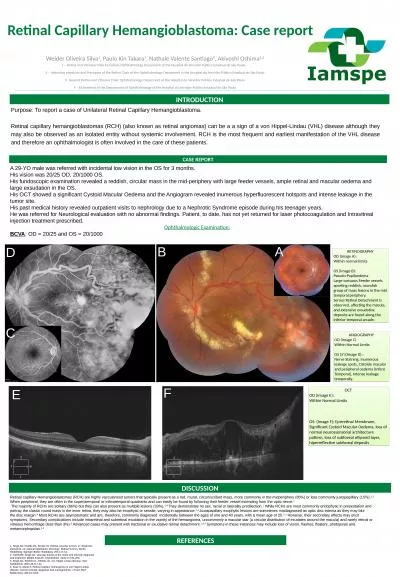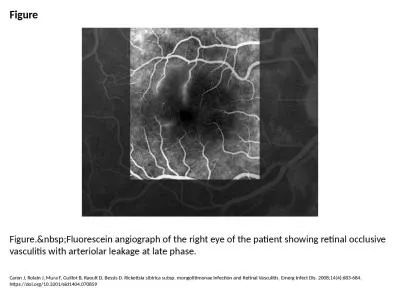PPT-Approach to pediatric retinal disease
Author : calandra-battersby | Published Date : 2016-07-03
Ghanbari MD 13911210 LCA Infant with normal fundus and low vision LCA Stationary night blindness Achromatopsia Immue retinopathy Development of the Retina T he
Presentation Embed Code
Download Presentation
Download Presentation The PPT/PDF document "Approach to pediatric retinal disease" is the property of its rightful owner. Permission is granted to download and print the materials on this website for personal, non-commercial use only, and to display it on your personal computer provided you do not modify the materials and that you retain all copyright notices contained in the materials. By downloading content from our website, you accept the terms of this agreement.
Approach to pediatric retinal disease: Transcript
Download Rules Of Document
"Approach to pediatric retinal disease"The content belongs to its owner. You may download and print it for personal use, without modification, and keep all copyright notices. By downloading, you agree to these terms.
Related Documents

